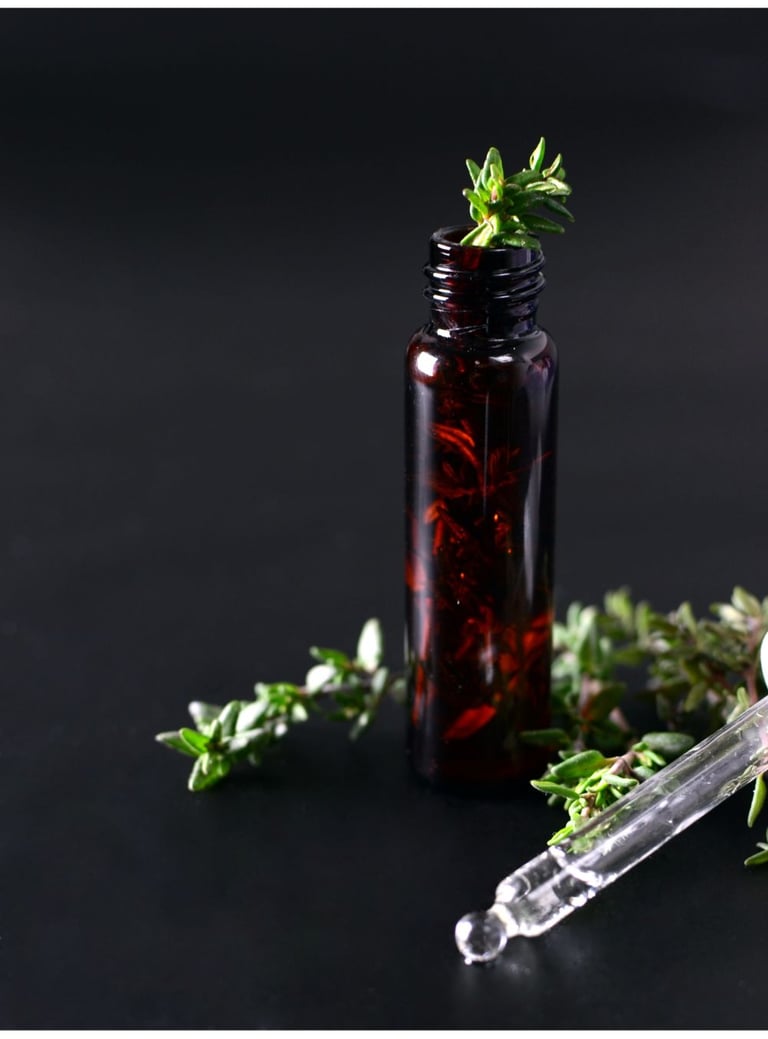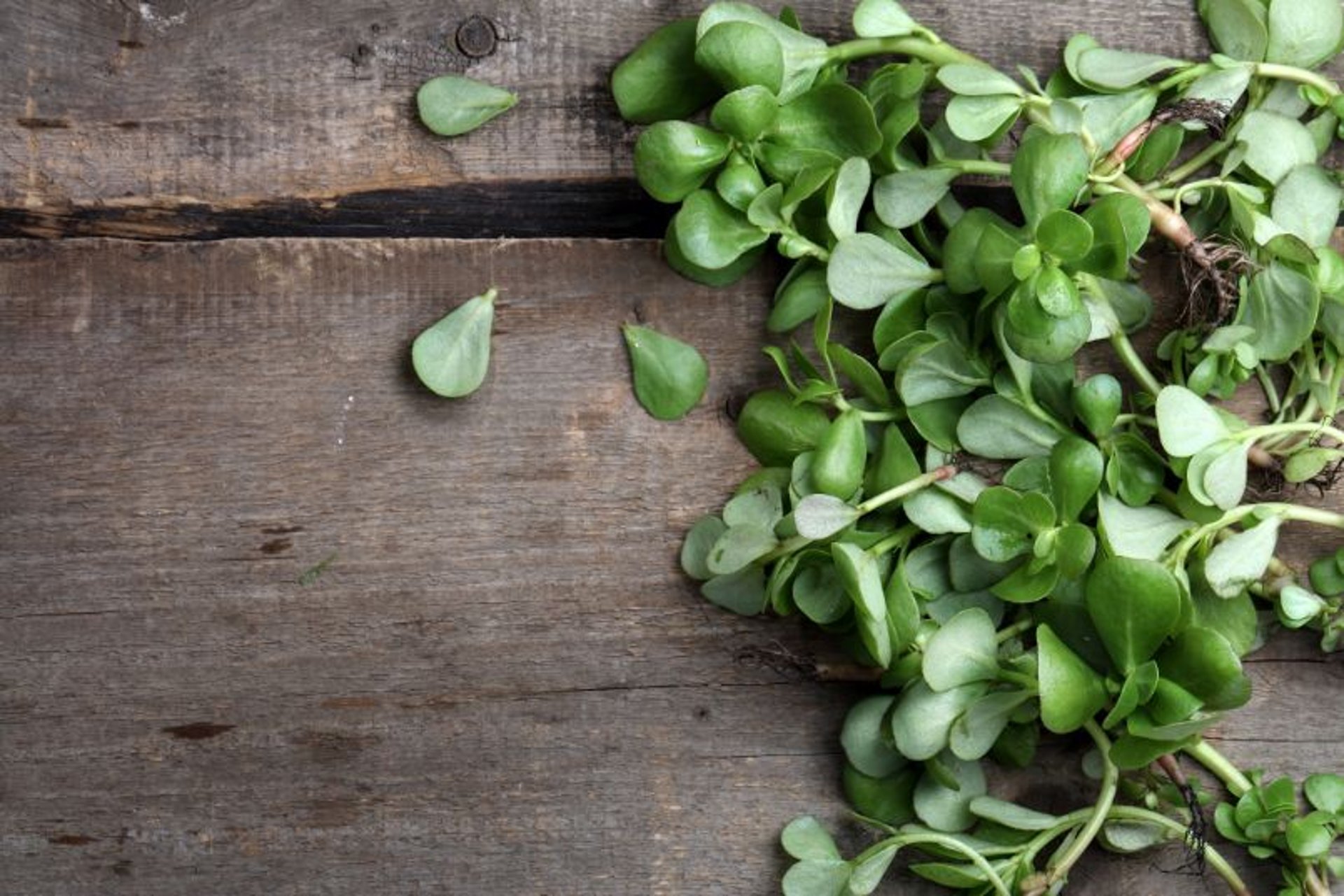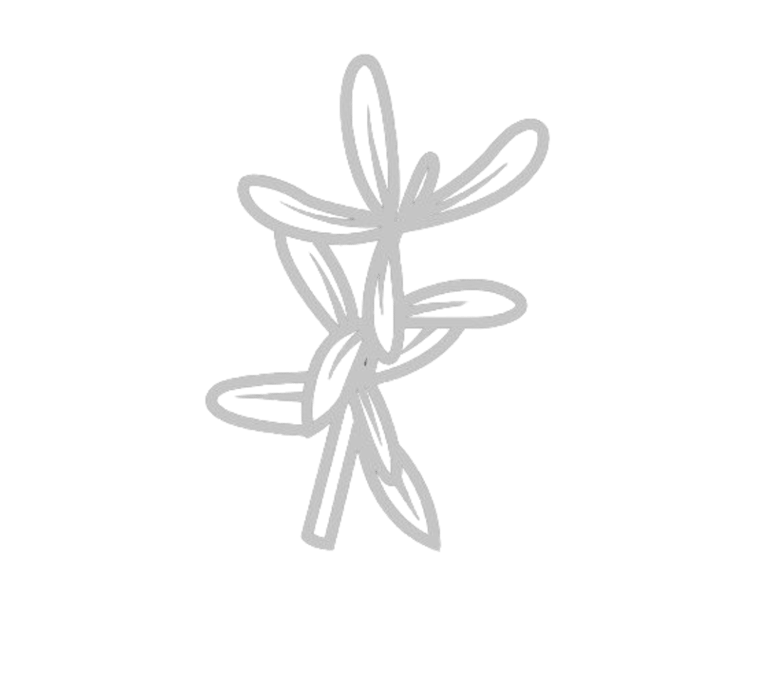Humble purslane...
A true Powerhouse Plant
What is the most nutritious plant you can think of?
Could there be a better plant for you than spinach?
Turns out – there is, and it is called purslane.
Although considered a weed, it is an edible and highly nutritious vegetable plant with a nutritional profile that ranks as a true Superfood.
Ongoing research consistently shows Purslane has remarkable benefits for the skin and body.
It has skin soothing, wound healing and anti-microbial and anti-inflammatory effects. This is due to the high content of antioxidants including melatonin, vitamins A and C alpha –tocopherol (E), beta -carotene and glutathione.
Purslane is a good source of important minerals like potassium, magnesium, and phosphorous as has more hydrating omega –3 fatty acids than any other plant.
Purslane (Portulaca Oleracea) is a common, annual green or golden succulent plant found globally. Its other common names include garden purslane, little hogweed, pusley, and wild portulaca. It’s called pourpier in France and verdolaga in Mexico. Purslane is a fast-growing herbaceous annual with succulent leaves and stems. The leaves, stems, flowers and seeds are all edible, and the extract can be used as a dietary supplement and skin care ingredient providing multiple benefits.
Purslane is delicious and can be eaten raw or cooked and the leaves, stem, flower and seeds are all edible. It has a flavour similar to spinach or watercress and some consider it is a culinary delicacy. Supplements when fresh plants are not available include Purslane extract powder, Purslane tinctures and dried Purslane plant that can be brewed as tea or added to soups and stews.
“Two of the most nutritious plants in the world —lamb’s quarters and purslane—are weeds, and some of the healthiest traditional diets, like the Mediterranean, make frequent use of wild greens.”
― Michael Pollan, Author of Food Rules: An Eaters Manual
Purslane research indicates that it can up-regulate an enzyme that can extend the life of “telomeres’ which are the cap like ends of our chromosomes. The progressive shortening of these telomeres leads to cell aging and death.
Counteracting the telomere shrinking process is this enzyme, telomerase, which uniquely holds the key to delaying or even reversing the cellular aging process. This new research was awarded the Nobel Prize in Physiology or Medicine 2009 ,jointly to Elizabeth H. Blackburn , Carol W. Greider and Jack W. Szostak for the discovery of “ How Chromosomes are protected by telomeres and the enzyme telomerase”
Indeed, the humble purslane plant outperforms most of the vegetables we find at the grocery store and grow in our gardens. Why not plant and enjoy some purslane in your own garden?
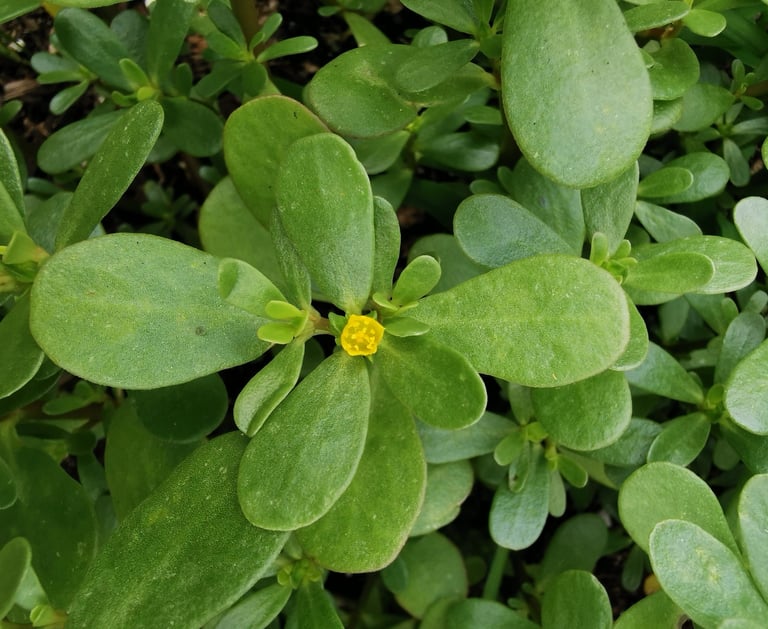

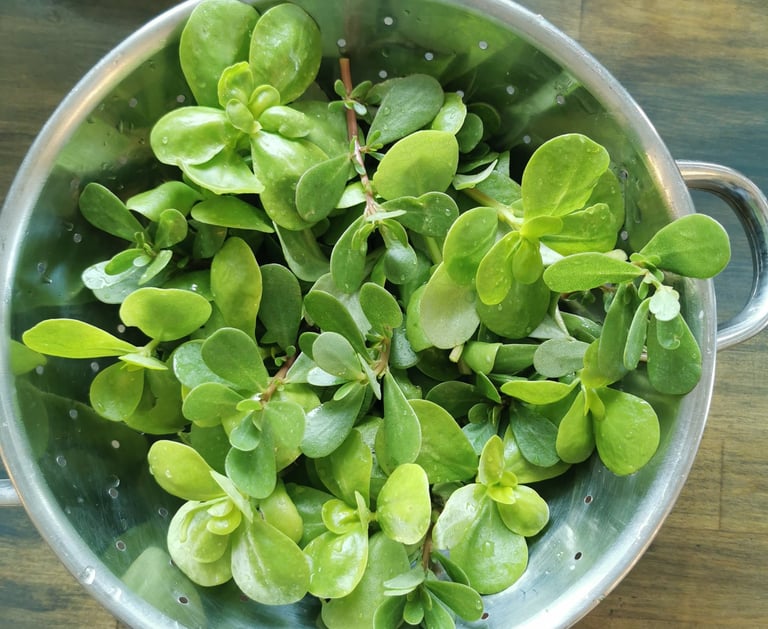

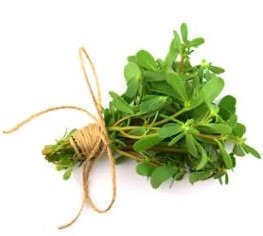

More about purlsane
Purslane (portulaca oleracea) is a prolific, drought resistant plant, which despite being classified as a weed is in fact, one of the most nutrient rich plants on earth.
Purslane has been cultivated for over 4000 years, used both medicinally and nutritionally. Although it is a common ingredient for dishes in some parts of the world, it seems to be relatively unknown here in Canada.
Purslane is low in calories and fats. It is rich in dietary fibres, vitamins, minerals, magnesium, calcium, potassium, folate, lithium, riboflavin, niacin, pyridoxine, carotenoid and iron. It has vitamins A, B, C, six times more E than spinach, seven times more beta carotene than carrot, 10 times more melatonin than any other fruit or vegetable tested, more omega-3 fatty acids than any other leafy plant known on earth and probably more than most fish oils.
When we considered how outstanding this plant is- we wondered – How on earth has it been overlooked?
Research consistently shows that this miracle plant should be a part of our everyday lives.
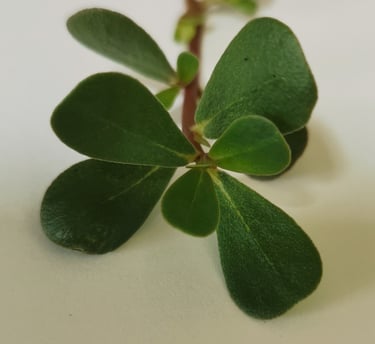

It is a warm-climate, herbaceous succulent annual plant with a worldwide distribution belonging to the Portulacaceae family and grows easily and prolifically. The name portulaca comes from the Latin portula, meaning “little gate,” for the top of the seed capsule that opens like a gate .
The use of this plant as a vegetable, herb, spice and medicinal plant has been known since the times of the ancient Egyptians and was popular in England during the Middle Ages.
It is eaten as a vegetable and herb and is added to both fresh and prepared food dishes. Eaten as food and used as a dietary supplement, Purslane provides a source of great nutritional benefits owing to its rich omega-3 fatty acids and antioxidant properties.
Purslane has been used as a folk medicine for its medicinal properties for at least 2000 years but it was probably used as a vegetable and cultivated long before that.
Purslane was known in ancient Egypt and is mentioned in Greek manuscripts as early as 600 BC.
Chinese folklore described it as “vegetable for long life” and it has been used for thousands of years in traditional Chinese Medicine
It was used as a remedy for sore eyes, dermatitis and wound healing , inflammation, headache, abdominal pain, dysentery and intestinal worms, diarrhea , toothaches, resolving toxins, blood cooling and more.
It is listed by the World Health Organization as one of the most used medicinal plants and it has been given the term “Global Panacea”.
Since the times of the Roman Empire, Purslane has been revered and respected – not only as a medicinal herb, but equally treasured for its magical properties as well!
During the Roman Empire, Gaius Plinius Secundus, (called Pliny the Elder), who was a Roman author, a naturalist and natural philosopher, recommended around 50 AD, that people should wear amulets containing purslane to keep evil and sickness at bay.
In ancient times it was looked upon as one of the anti-magic herbs. One commonly reported use was to have purslane plants strewn around a bed. This was said to afford protection against evil spirits.


